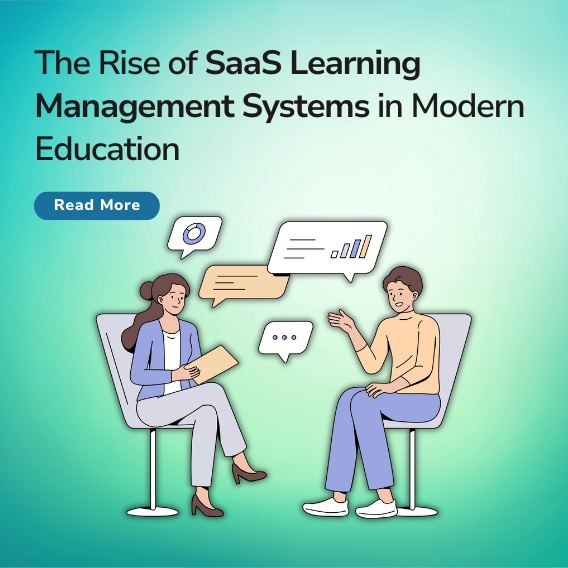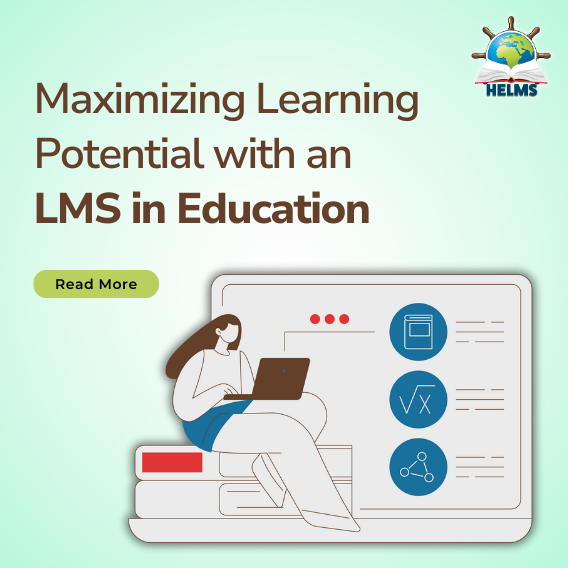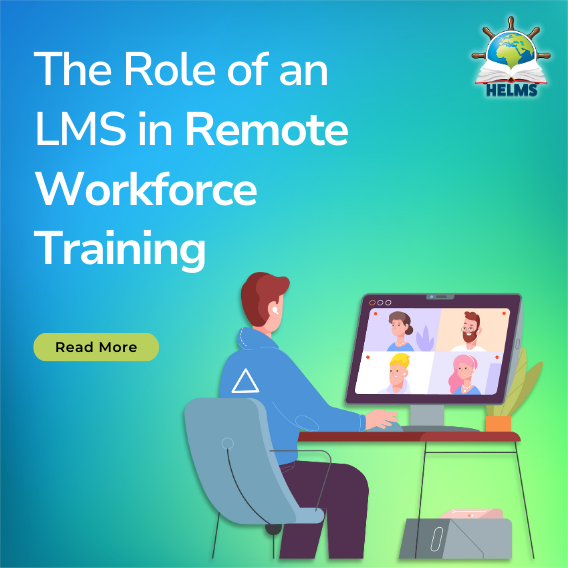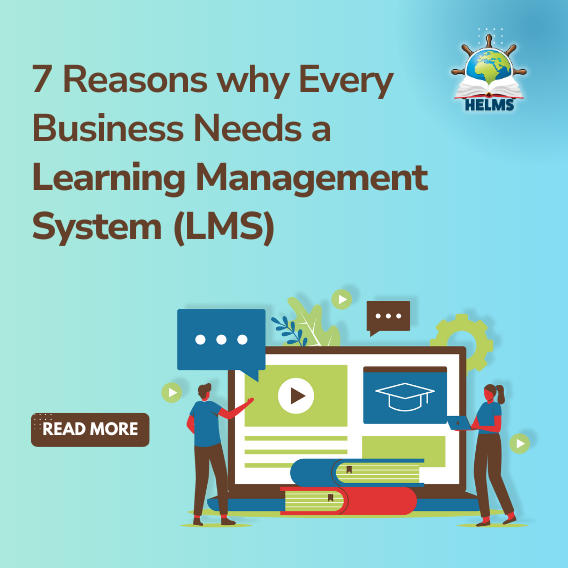A Learning Management System(LMS) is software used to create, deliver, and manage educational content or training programs online. Teachers and Students interact over the LMS, having classes and required study materials. It is an online classroom where the assignments are provided to the students, and everything is scheduled online.
The LMS platform like HELMS has a feature where the instructor can upload assignments, assessments, and other important things on the portal, and students can have access to it to help them in the future. The learners can have access to it from anywhere in the world using the internet and their device (laptop, smartphone) and learn more dynamically at ease of their comfort.







